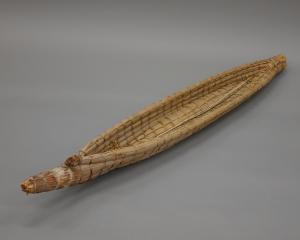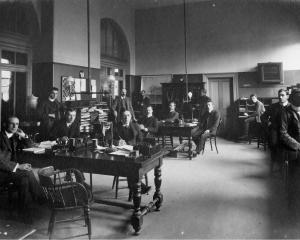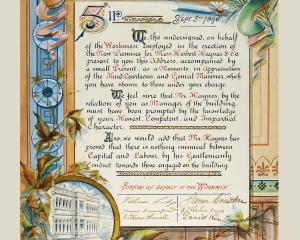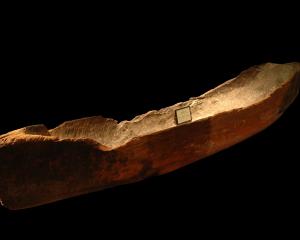There’s a link between Olveston and Cadbury’s, but it’s not what you might think, writes Jenny Longstaff.
How can Olveston Historic Home be connected to Cadbury’s? David Theomin’s business interests, though wide-ranging, did not include the manufacture or distribution of chocolate.
However, it is in his role as an art collector that the connection can be made. Represented in the Theomin family’s extensive array of graphics and paintings are works by two English artists — Myles Birket Foster (1825-99) and Cecil Aldin (1870-1936) — whose illustrative skills were in demand for Cadbury’s packaging and promotional artwork.
Four watercolour works by Birket Foster are hung in the Drawing Room at Olveston. He was a painter, illustrator and engraver in the Victorian period, friendly with Edward Burne-Jones and William Morris. The works for which he is best known are sentimentalised views of the English countryside.
Although he was criticised for their idealised view of rural life, their detail and execution were skilful. From the 1860s onwards, Birket Foster’s work was used by Cadbury’s on the covers of their chocolate boxes. When he died in 1899 his obituary in The Times referred to him as "certainly the most popular watercolour artist of our time". These days, "chocolate box art" is a rather pejorative term.
The other artist with a Cadbury’s connection, Cecil Aldin, is represented in the Olveston collection by three coloured lithographic prints from the popular series Coaching Inns of England, first published in 1924. These are hung in the Billiard Room. Aldin had a great affinity with animals and became noted for studies of dogs and horses, hunting scenes, sporting prints and book illustrations.
In England from around 1900, some of the finest examples of posters and press advertisements were produced by Cadbury’s. Cecil Aldin, along with other artists, was commissioned to illustrate them and these images were used on sites throughout England and in early magazine campaigns.
Another connection that links the Theomin family with Dunedin’s chocolate story is a matter of home ownership. Olveston is located at 42 Royal Tce. The impressive historic home at 22 Royal Tce, Linden, was originally built for Jacob Isaac and his wife Helene, who was a sister of Marie (nee Michaelis) Theomin, of Olveston. The home at 22 Royal Tce, completed in 1879, was sold in 1896 to Richard Hudson, founder of the biscuit and chocolate empire in Dunedin that became Cadbury Fry Hudson.

This silver coffee service at Olveston, inscribed 1904, is modelled on the 18th-century style of containers designed to serve hot chocolate. Typically, chocolate pots had straight handles attached at right-angles; spouts were placed low on the body, which was topped by a hinged finial where the swizzle stick (molinet) was inserted this stick was used to keep the chocolate frothed and well-blended. Due to the complexity of making the beverage, after its initial craze when first introduced, chocolate did not attain the same popularity as coffee.














